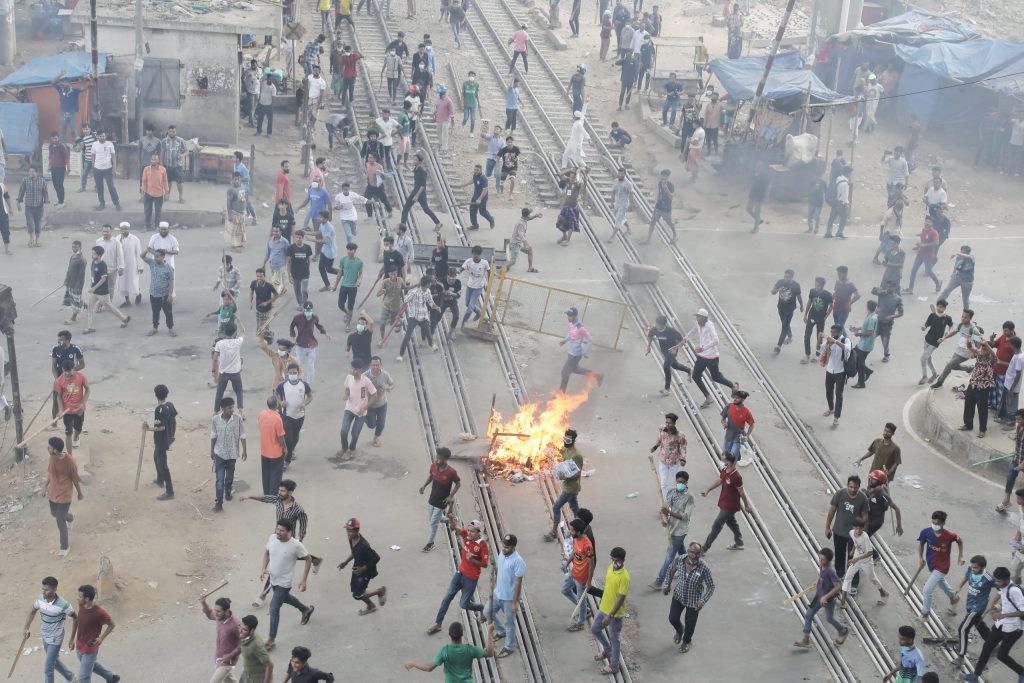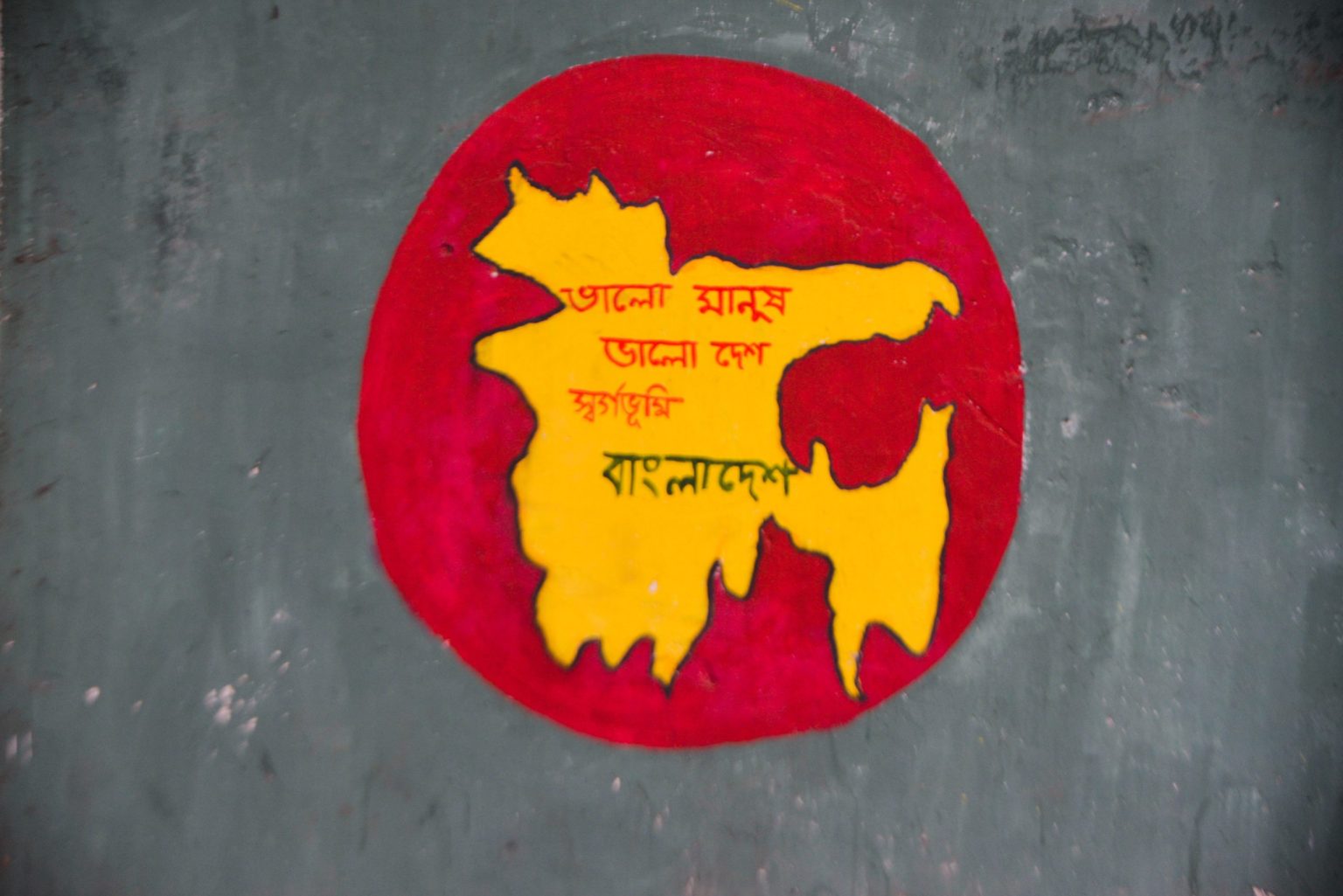Exactly one year ago, on July 19, 2024, Bangladesh witnessed one of the deadliest civilian uprisings in its recent history. What began as a student-led protest for government job quota reform escalated into a nationwide movement—ultimately claiming the lives of at least 103 people, injuring hundreds more, and shaking the nation to its core.
The epicenter of the unrest was Dhaka, where 44 people were killed in violent clashes, many in broad daylight. Gunfire erupted near metro stations, including Mirpur-10 and Kazipara, where stations were vandalised as chaos unfolded. The violence quickly spread to multiple districts, leaving 59 others dead outside the capital.
Tragically, 54 of those killed were shot in the head or throat, underscoring what human rights experts have called a deliberate and excessive use of force. Among the dead were 77 protesters and their associates, and 43 innocent bystanders—some of whom were struck by bullets while standing near windows, balconies, or rooftops.
Dhaka saw the majority of the violence, with 124 deaths recorded across the city. The breakdown by area paints a grim picture:
Mirpur: 24 killed, Rampura: 23, Mohammadpur: 13, Badda: 12, Jatrabari & Uttara: 9 each, Dhanmondi: 5, Mohakhali: 4, Lakshmi Bazar & New Market: 3 each, Other areas: 18 deaths combined. Beyond Dhaka, casualties were reported in: Narsingdi: 7, Narayanganj: 7, Rangpur: 4, Madaripur: 2, Mymensingh, Bogura, Sylhet, Savar: 1 each,
The protests began as a demand for full reform of the controversial government job quota system. But as students poured into the streets, the movement quickly broadened, tapping into public frustration with corruption, governance, and inequality.

By the afternoon of July 19, 2024, tens of thousands had joined the demonstrations nationwide, chanting slogans against systemic injustice. Authorities responded with brute force.
Law enforcement—backed by ruling Awami League members—launched a violent crackdown. The Rapid Action Battalion (RAB) was deployed, and military helicopters were seen hovering over protest sites. In a desperate attempt to contain the unrest, Prime Minister Sheikh Hasina’s government imposed a nationwide curfew at midnight and deployed army units to major cities and towns.
Internet access, already cut off the day before, remained suspended to prevent further mobilisation and limit news coverage.
The unrest spilled into attacks on government facilities. Metro rail stations and BRTA offices were vandalised. In one of the most dramatic incidents, a mob stormed the Narsingdi central jail, freeing nearly 900 inmates and looting over 80 firearms and 1,000 rounds of ammunition before setting the prison ablaze.
Elsewhere, protesters clashed with police outside railway stations. In Bhairab upazila of Kishoreganj, over 100 students were injured when police opened fire from inside the station. At RUET (Rajshahi University of Engineering and Technology), faculty members wore black masks in a symbolic act of solidarity with the students.
Among the victims was Nasima Akhter, 24, who was shot in the head while standing on the roof of her Dhanmondi home with her two nephews. Her death, like many others, raised serious questions about the indiscriminate nature of the violence.
Medical services in Dhaka were quickly overwhelmed. Emergency rooms overflowed. Blood banks ran low. And yet, many victims—especially students—were reportedly denied treatment or faced delays due to alleged government pressure on hospitals.
International human rights advocates condemned the crackdown.
Yasmin Sooka, Executive Director of the International Truth and Justice Project (ITJP) and a prominent international lawyer, said:
“There is no doubt that this was an unlawful and targeted use of force by the police, constituting gross violations of human rights. If proven in a court of law, it amounts to crimes against humanity.”
She added pointedly: “Sheikh Hasina must have been aware of what was happening and did nothing to intervene.”
Despite an indefinite ban on rallies and gatherings declared by Dhaka Metropolitan Police before the protests, students and citizens persisted. Their demand for justice and reform continues to echo across campuses and communities.
On this first anniversary of what is now being called the “July Uprising,” families of the victims, human rights organisations, and student groups are renewing calls for a full, independent investigation into the killings and an end to impunity.
For the families of those lost, justice remains elusive—but their voices grow louder with each passing day.


